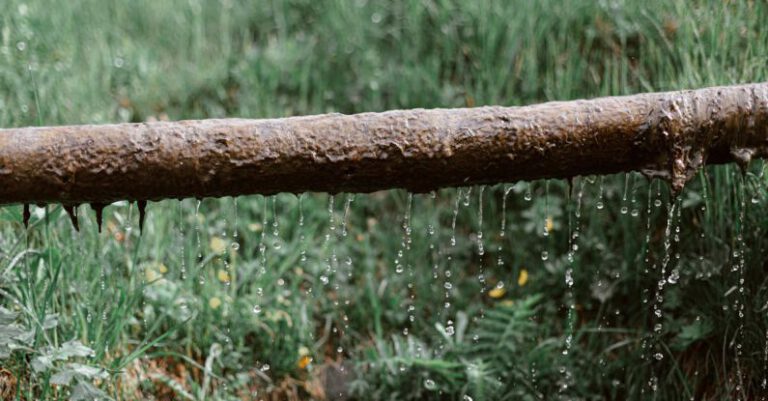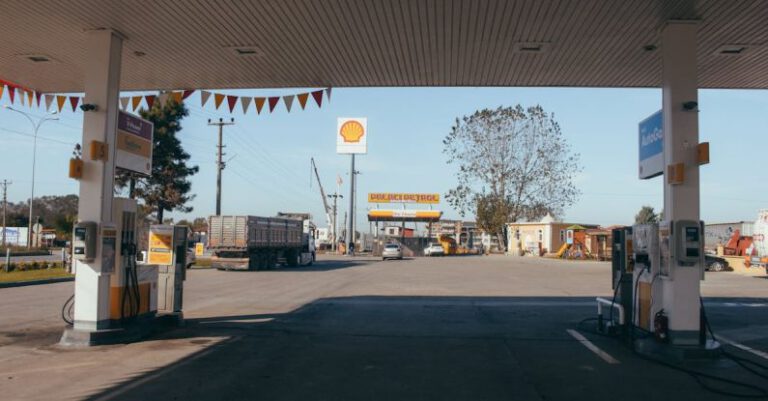How to Maintain a Green Roof in Dry Climates?
Green roofs are becoming increasingly popular in urban areas due to their numerous environmental benefits, such as improving air quality, reducing energy costs, and providing habitat for wildlife. However, maintaining a green roof in dry climates can pose some challenges. With proper planning and care, it is possible to keep a green roof thriving even in arid regions.
Choosing the Right Plants
Selecting drought-tolerant plant species is crucial for the success of a green roof in dry climates. Plants that are native to arid regions or have adapted to low water conditions are ideal choices. Succulents, such as sedum and cacti, are excellent options as they store water in their leaves and require minimal irrigation. Grasses like buffalo grass and blue grama are also well-suited for dry climates and can add a touch of green to the roof.
Proper Irrigation Techniques
While green roofs are designed to retain and absorb rainwater, supplemental irrigation may be necessary in dry climates to ensure the plants receive an adequate amount of water. Drip irrigation systems are a practical and efficient way to water green roofs, as they deliver water directly to the plants’ roots, minimizing evaporation. It is essential to water deeply but infrequently to encourage deep root growth and drought resistance in the plants.
Mulching and Soil Composition
Applying a layer of mulch on the green roof can help retain soil moisture and regulate soil temperature, especially in hot and dry climates. Organic mulches, such as bark chips or compost, can also improve soil structure and provide nutrients to the plants. When it comes to soil composition, using a lightweight growing medium with good drainage is essential for green roofs in dry climates. A mix of lightweight soil, perlite, and compost can help retain moisture while preventing waterlogging.
Regular Maintenance
Regular maintenance is key to keeping a green roof healthy in dry climates. Inspecting the roof for signs of drought stress, pests, or diseases on a regular basis can help identify and address issues promptly. Weeding is also crucial to prevent invasive species from taking over and competing with the plants for water and nutrients. Pruning and trimming plants as needed can promote air circulation and prevent overcrowding, which can lead to moisture retention and disease.
Monitoring and Adjusting
Monitoring the moisture levels of the green roof is essential in dry climates to ensure the plants are receiving enough water. Installing moisture sensors or using a moisture meter can help gauge when irrigation is needed. Adjusting the watering schedule based on the season and weather conditions is important to prevent overwatering or underwatering. During hot and dry periods, increasing the frequency of irrigation may be necessary, while reducing it during cooler and wetter seasons can help prevent waterlogging.
Creating Shade and Shelter
Providing shade and shelter for the plants on a green roof can help reduce water loss through evaporation and protect them from the scorching sun in dry climates. Installing shade structures, such as pergolas or trellises, can help filter sunlight and create a more favorable microclimate for the plants. Using windbreaks, such as tall grasses or shrubs, can also help reduce water evaporation and prevent desiccation of the plants during windy conditions.
Incorporating Sustainable Practices
Incorporating sustainable practices into the maintenance of a green roof can help minimize water usage and reduce environmental impact. Collecting rainwater from the roof and using it for irrigation can help conserve water and reduce reliance on municipal water sources. Implementing green roof maintenance practices, such as composting plant debris and using organic fertilizers, can also promote soil health and biodiversity on the roof.
Embracing the Challenges
Maintaining a green roof in a dry climate may present challenges, but with proper planning, care, and the right plant selection, it is possible to create a thriving green oasis on the rooftop. Embracing the unique conditions of a dry climate and implementing sustainable practices can help ensure the long-term success of a green roof while reaping its many environmental benefits. By choosing the right plants, practicing proper irrigation techniques, and incorporating shade and shelter, a green roof can flourish even in the harshest of climates.






